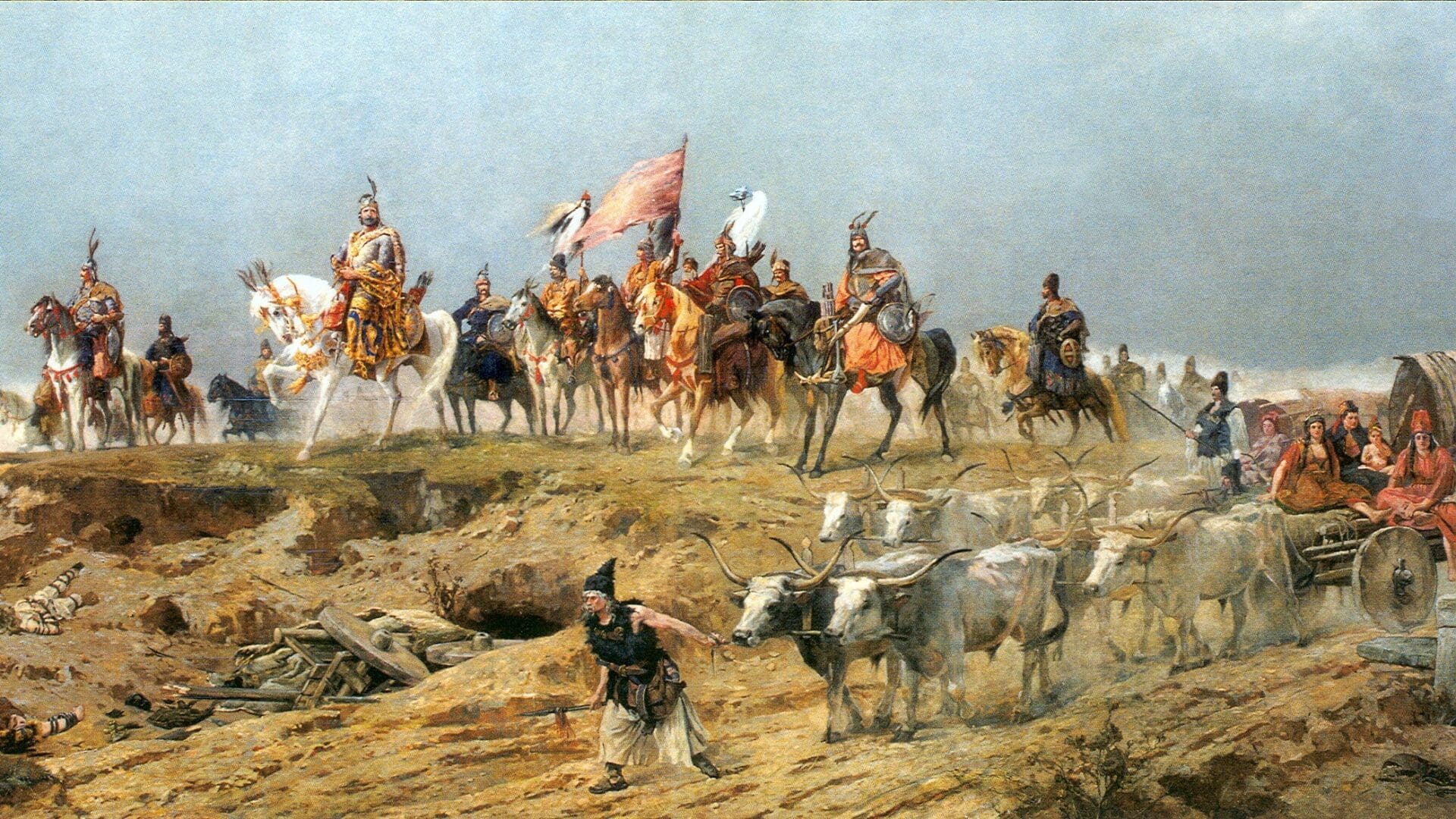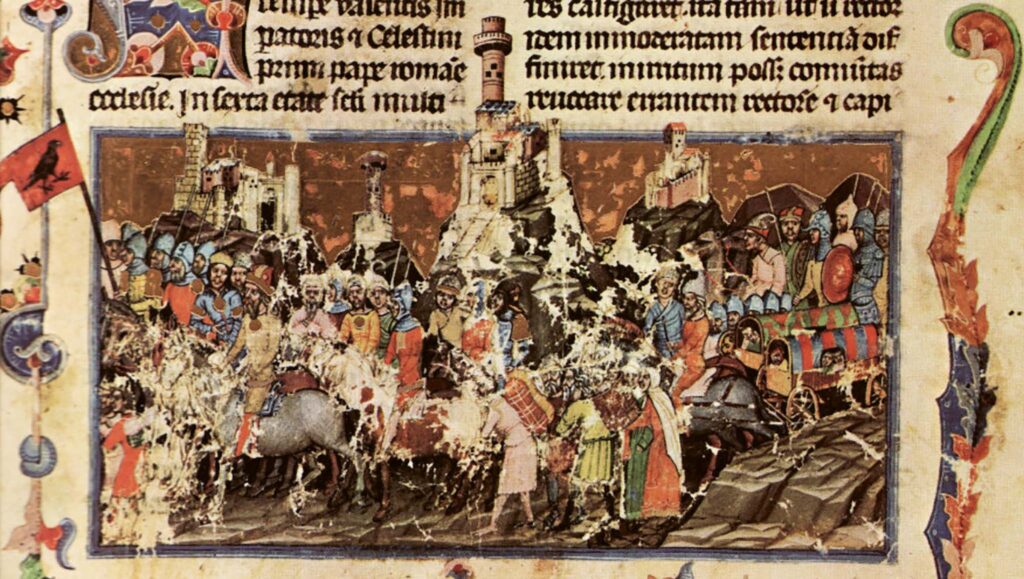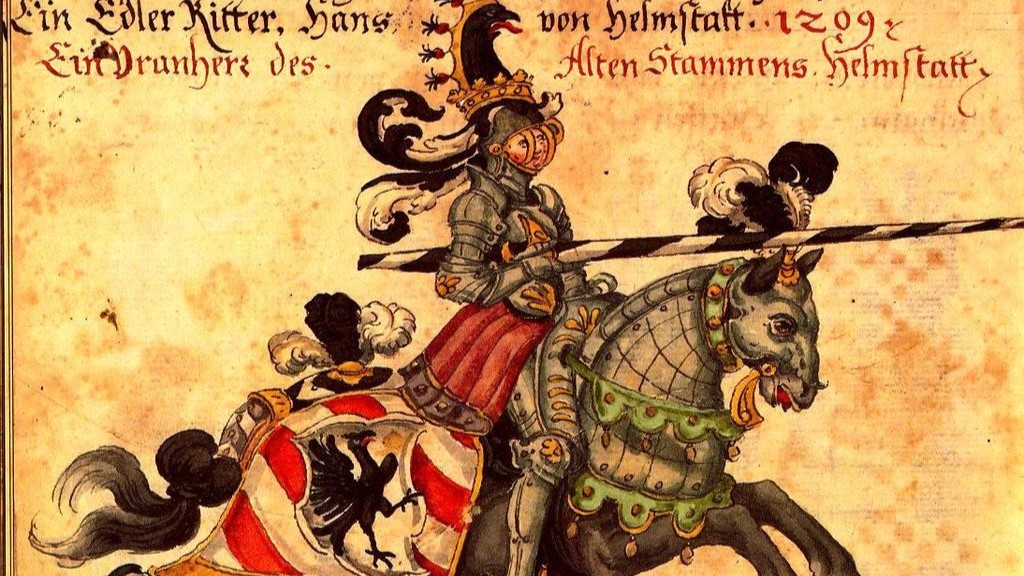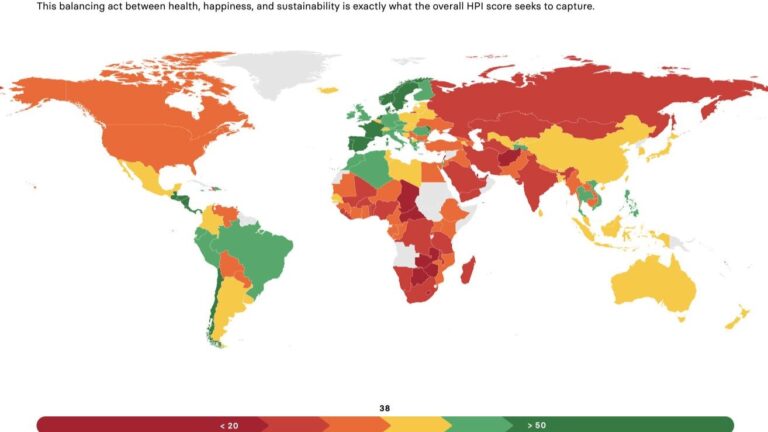The Hungarian conquest led by Árpád, the head of the confederation of the Magyar tribes (895–896) was preceded by a ‘steppe-empire’ according to Walter Pohl, with an Avar–Hun leadership formed in the Carpathian basin following the conquests of khagan Bayan in the 6th–9th centuries AD. This empire, besides the Carpathian Basin, also extended to the greater part of Central and Eastern Europe. According to Gyula László, a well-known Hungarian historian and archaeologist, the empire had two centres: one may have been in the Carpathian Basin, and the other in the territory of today’s Ukraine.[1]
The Avar Empire came to an end in the first half of the 9th century following the campaigns of the Frankish Emperor Charles the Great and the Bulgarian khan Krum (also referred to as Krum the Fearsome) but, ass recent research proves, the Avars themselves were not ‘eradicated’ by their conquerors,
and the remnants of the khaganate may have later been incorporated into the conquering Hungarian tribal confederation
during the 10th century AD.[2] The Avars who remained in the Carpathian Basin were integrated into the later Hungarians, forming probably one of the layers of later Hungarian ethnicity.
Where did they come from, who were these Avars? Readers interested in the topic have probably already come across the name of the people listed as Juan-juans in Chinese sources. The original form of the ethnonym Juan-juan, which is known in several transliterations, may have been Rouran, but research has not yet developed a unified position regarding what exactly this name meant. Was it a dynasty, the name of a people, a tribe, or a tribal confederation? We still don’t know exactly.
In response to the latest research findings Walter Pohl, a historian at the University of Vienna, who has so far written the most comprehensive scientific work on the Avars,[3] says:
‘We have a very clear indication that they must have come from the core of the Rouran Empire. They were the neighbours of the Chinese.’[4]
Who were exactly the Avars? What elements did their tribal alliance consist of, and what does the term ‘Var-Hun’ (ie: Avar-Hun) mean, which is mentioned by Menandros the Protector and Theophylact Simocatta, Eastern Roman chroniclers, contemporaries of the Avars? According to Simocatta, their leading tribes were Ouar kai Khounni (Ουαρ και Χουννι), i.e. Avar and Hun. When the Avars appeared on the eastern border of Europe, Eastern Roman diplomats, statesmen and chroniclers referred to them by both names; the word form Avar seems to be a later development.
It was probably the name of the ‘Var’ ethnic element, or perhaps a variation of that name, by which the entire tribal federation started to denote itself later, similarly to the relationship between the original ‘Megyer’ tribe and the later ‘Magyar tribes’ that originally had their own different names (Nyék, Gyarmat, Jenő, Kürt, Keszi, Tarján and Kabar).
The latest research (mainly based on the archaeogenetic data results published in Hungary in the 2020s[5]) also confirms the old assumption that the core of the Avars, i.e. the ruling elite, really lived in the territory of present-day Mongolia. They broke away from the Rouran Empire, which existed from approximately 330 to 552, and migrated far west from this territory. In connection with this huge nomadic empire, several records, mainly from China, mention various Hunnic (xiongnu) tribes still living in its territory, as well as the ‘Var’ people/tribe/association, who, according to the latest research results, were probably proto-Mongol or Tungusic speakers, and may have belonged to another ethnic group (in Chinese sources: xianbei). The term ‘Var–Hun’ used by several researchers, such as anthropologist László Koppány Csáji,[6] is therefore possibly accurate. We should also mention the Gaoche (or tiele), i.e. ‘high carts’ people, as well as the White Hun (or Hephthalite Hun, as it is called after the ruling dynasty) empire, from where tribal elements could also join the later Avars of Bayan. These tribes, or peoples and fragments of peoples, together made up the European Avars who constituted the elite population of the European ‘Bayan-empire.’
The Avars, like the Turks and later the Mongols (or the conquering Hungarians), came from the same ‘steppe civilization’ (László Koppány Csáji) with a specific culture and worldview, which, despite their very diverse ethnic origins, united many peoples on the Eurasian steppe over millennia.[7]
We can rightly speak—as Xiongnu expert Hyun Jin Kim does —about the ‘revival’ of Attila’s European Hunnic Empire in relation to the Avars and the khagan Bayan. Under the leadership of a new dynasty, the previous power structures could be restored, with a re-strengthening of the Hunnic element.[8] It is worth adding to all of this that after the death of Attila, the European Hunnic empire was not entirely destroyed: it only lost the greater part of its territory, but continued to exist in Eastern Europe, the Caucasus region and mainly on the Pontic steppes in the form of Utigur–Huns (the Onogur confederation may have been a part of this larger association of tribes), and related alliances such as the Kutrigur–Huns and Bulgarian–Huns (or Hunno–Bulgarians).[9] As Kim argues, these peoples are consistently called Huns in contemporary Byzantine sources, as e.g. the sense ofHunnic origin is also clear in relation to the Bulgarian king-list, this is probably not a ‘confusion’ of the tribal names, but a clear signs that people of Hunnic origins still lived in these steppes that time. (Kim accepts that European Huns were mostly Oguric Turkic speakers).
At the time of the Avar conquest, the Magyar tribes lived in the immediate vicinity of these listed alliances,
or as part of them. This is where the Onogur name of the Hungarians may come from.
As far as the Avars, mostly connected to Hungarians through their Hunnic element, are concerned, the latest archaeogenetic research suggests that a common set of genes of Inner Asian origin can be detected in the Huns of Attila, the Avars of Bayan and the Hungarians of Árpád.[10] However, the issue of spiritual kinship is much more important than genetic kinship. The fact that in the Hungarian chronicle tradition the Avars are not listed separately from the Huns but rather blurred together is largely due to the overwhelming sense of Hunnic origin of the Avars of Bayan, as Gyula László noticed early on.[11]
The Hungarian nobility—not only the Seklers—considered themselves to be of Hun-Scythian origin throughout the Middle Ages and partly during the modern period, and although the Scythian question should be examined separately from this fact, it is obvious to us that this sense of origin—in the light of the latest archaeogenetic results— coincides with medieval chronicle tradition and the idea of a Hunnic origin was probably not ‘adopted from Western chronicles’, as earlier research suggested.
Several Hungarian authors suspect that the county system of King Saint Stephen is based on the remains of the Avar system of fortifications,[12] and the conquering Hungarians also carried on the state tradition of the Asian nomadic empires, the Asian and European Huns, and the Avar empires.
The basic structure of the Asian Hun or ‘xiongnu’ state is largely known from Chinese sources. According to them, it was divided into three parts: in the central area the High-king (Chanyu) himself ruled, while the two wings were governed by the right and left ‘wise kings’ (xian wang), who mostly came from the ruling family. The left wise king, usually the heir to the throne, prepared for ruling in that position. The system of public administration (both military and civilian) was characterized by the decimal unit of measurement where the tumen (tümen, 10,000 people) is the largest unit, which is recursively built from units of 1,000, 100 and 10.
Analogies of this power distribution system can be seen in many steppe nomadic empires and in the Medieval Hungarian kingdom: the institution of the palatine, the ban, (probably the word itself is derived from the name of Bayan) and the medieval Duchy (Ducatus) can probably also be traced back to ancient times.[13]
In general, even in Christian Medieval Hungary there was no question of Christian rulers disowning their ‘pagan’ predecessors because they were non-Christians. Even the ruling house of Árpád used the name ‘Turul’ in the Middle Ages; Simon Kézai (Simon de Keza), the most important of the Hungarian medieval chroniclers, called the dynasty a Turul gens in Gesta (Hunnorum et Hungarorum, indicating that the dynastic name was traced back to a totemic animal ancestor. Since the Turul bird represents a sacred symbol everywhere in the broader ‘steppe civilization’, it is also possible that it could be the totem of Asian dynasties of Hunnic origin represented by Attila, one of the claimed ancestors of the medieval Hungarian Turul gens.
While for the rest of the Western world, and especially for the Western world beyond the Rhine, Attila was a terrible ‘whip of God’, whose primary characteristic was unrelenting destruction, in the Hungarian Middle Ages even King Matthias I (Mátyás Hunyadi or Matthias Corvinus) proudly declared himself ‘a descendant of Attila,’ thus bringing a specific colour to the Hungarian medieval perception of royal authority.[14]
[1] See Gyula László, Régészeti tanulmányok az avar társadalom történetéhez, Magvető könyvkiadó, 1977.
[2] See Gergely Szenthe, Ervin Gáll, ‘Hortobágy–Árkus kora középkori temetője – The Early Medieval Cemetery at Hortobágy-Árkus’, Archaeologia Hungarica 52, Budapest, Magyar Nemzeti Núzeum, 2023.
[3] See Walter Pohl, The Avars: A Steppe Empire in Central Europe, Cornell University Press, 2018,567–822.
[4]Quoted in Andrew Curry, ‘Mystery warriors made the fastest migration in ancient history’ (1 Apr. 2022), Science.org,https://www.science.org/content/article/mystery-warriors-made-fastest-migration-ancient-history, accessed 21. 03. 2024.
[5] ‘The genetic origin of Huns, Avars, and conquering Hungarians’, Current Biology, Vol. 31, No. 13, 11 July 2022, pp. 2858–2870.e7. doi: 10.1016/j.cub.2022.04.093. Epub: 25 May 2022.
[6] László Koppány Csáji, A hunok történelme és utódnépei, Budapest, Napkút Kiadó, 2022. (E-book). 157-158.
[7]See László Koppány Csáji, A sztyeppei civilizáció és a magyarság, Budapest, Napkút Kiadó, 2018.
[8] Hyun Jin Kim, The Huns, Routledge, New York, 2016. 131.
[9] Hyun Jin Kim, The Huns, Rome and the Birth of Europe, Cambridge, Cambridge University Press, 2013, 137-143.
[10] See The genetic origin of Huns, Avars, and conquering Hungarians, Current Biology, Vol. 31, No. 13, 11 July 2022, pp. 2858–2870.e7. doi: 10.1016/j.cub.2022.04.093. Epub: 25 May 2022.
[11] Gyula László, Vértesszőlőstől Pusztaszerig – Élet a Kárpát-medencében a magyar államalapításig, Gondolat, Budapest, 1974, 190-224.
[12] For example Hungarian archaeologist Dezső Csallány
[13] Borbála Obrusánszky, Hunok a selyemúton, Masszi, Budapest, 2008. 33-40.
[14] Sándor Eckhardt, ‘Attila a mondában’ in Gyula Németh (ed.), Attila és hunjai, Magyar Szemle Társulat, Budapest, 1940, 143-217, 209.








